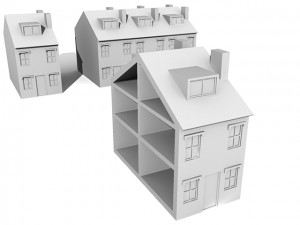
When you buy an apartment or townhouse you are likely buying strata title. This means you are not simply buying real estate; you are buying the rights to the airspace in your unit or townhouse and you are also buying into the rights and obligations of being a member of the owners’ corporation (also known as the body corporate) for that strata scheme.
Two other, less common, ways of owning property are:
- Company title – you buy shares in a company and this entitles you to the use of an apartment and common property; and
- Community title – often works in conjunction with strata title in large developments and gives you, and the other owners, rights to the use of common land in the community scheme.
Strata levies
When you are considering buying a strata title lot, you should make enquiries regarding the strata levies that are payable. Strata levies are usually payable quarterly and are your contribution towards communal matters such as maintenance and repairs of the common parts of the building. Where the annual strata levies do not cover the cost of certain works, you may be charged additional special levies.
It is important that you are aware of the activities of the owners’ corporation and that you know exactly what work is planned and whether there’s enough money to cover it. When we review your contract we will obtain a report on the strata records which will help you make an informed decision.
By-laws
 The by-laws for a strata scheme may restrict the way you use your property. It is important to understand how the by-laws may affect your living style or plans for use or development of the property before you commit to buying it.
The by-laws for a strata scheme may restrict the way you use your property. It is important to understand how the by-laws may affect your living style or plans for use or development of the property before you commit to buying it.
In our experience, the following are common issues among owners within a strata scheme:
- the keeping of animals;
- the outer façade of the lot, including use, design and colour of balconies, for example, painting of balcony railings and use of barbeques;
- changing of floor coverings from carpets to hard flooring;
- colour and type of window coverings;
- renovations and the need for consent from the owners’ corporation, for example, bathroom renovations, installation of a new kitchen, removal of internal walls, or installation of air conditioning;
- the differentiation between common property and lot property, for example, boundary walls, entrance doorways, balconies and plumbing.
